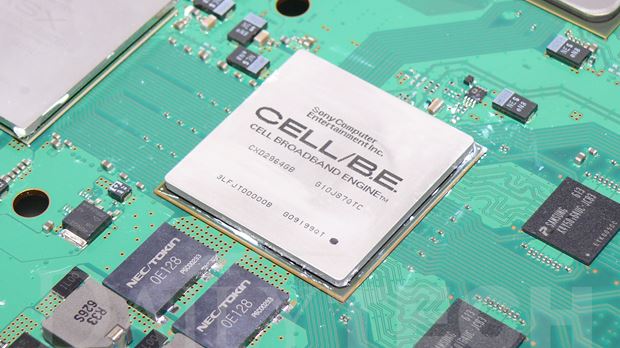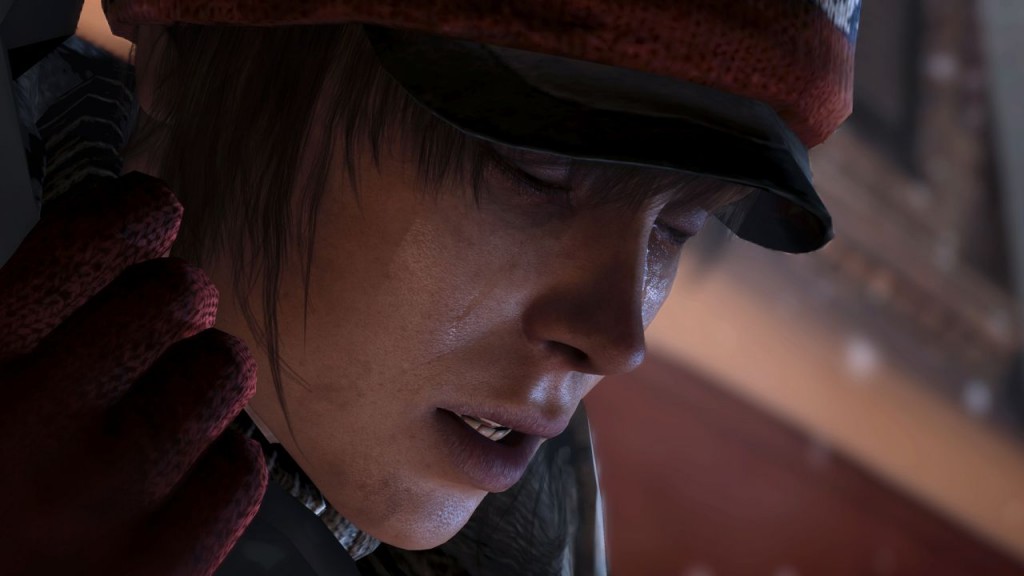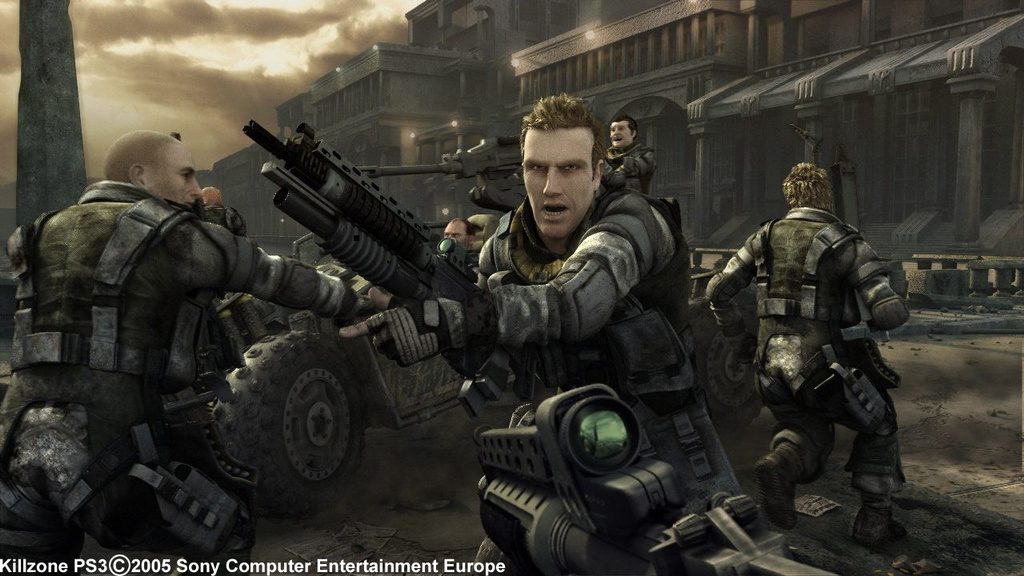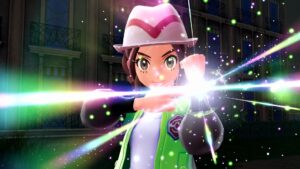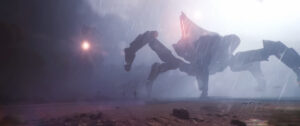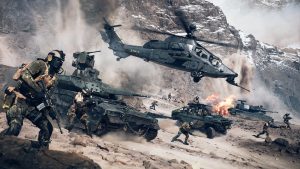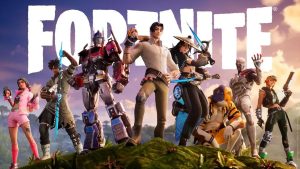
Sony’s showing at E3 this year was rather limited. The gameplay footage for The Last of Us Part 2 and Ghost of Tsushima looked intriguing. But this E3, just like most E3s was about third party games including everything announced by Bethesda—even that appallingly teasing Elder Scrolls VI “trailer.”
Coming back to Sony, the focus on just four big exclusives and not announcing any new ones is probably due to the fact that there are only so many titles that can be worked on at a given point of time. Nevertheless, with Sony eager to bridge today’s gaping performance gap between the Xbox One X and the PS4 Pro it wouldn’t be remotely surprising to see it go all-in with the next Playstation to retake the performance crown, even if that’d involve a higher unit cost than the PS4. Both the original PS4 and the PS3 before the PS4 Pro offered developers substantially more resources to work with than the competition (although the PS3 was more of a challenge to code for, as compared to the Xbox 360).
"The Cell/RSX and split memory architecture found in the PS3 was much more difficult to work with than the Xbox 360, despite the former having more resources available."
The result was that first-party titles published by Sony often featured visual tech that simply wasn’t available on the competing Xbox of the day. This was most evident in the PS3 era—The PS3’s notorious Cell processor was hard to work with but first-party studios had more experience with the hardware and greater access to technical support and guidance from Sony itself. This resulted in first-party Sony titles that offered visuals that were objectively superior to what was available on Xbox 360.
Take the original 2007 Uncharted, for instance. As part of Sony’s stable of developers, Naughty Dog started work on their first PS3 title in 2004, well before the PS3 was announced, under the codename Project Big. Thanks to the greatly increased scope for detailed facial animation, at least to the PS2, the studio was able to utilize motion capture, a then relatively nascent piece of tech that allowed for the widely acclaimed and expressive facial animations, particularly in cutscenes. Together with the higher-poly models and advanced lighting, Drake’s Fortune delivered an incredible visual experience that was leaps and bounds above the Xbox exclusive Gears of War.
Even earlier, PS3-exclusive launch titles had wowed from a visual standpoint in ways that Condemned: Criminal Origins did on the Xbox 360 a year before. At the time, however, excitement had been somewhat marred by the PS3’s infamous 2005 E3 showcase: instead of showing actual gameplay for titles like Killzone 2, Heavenly Sword and Motorstorm, “target renders” were shown which set unattainably high expectations. The Killzone 2 trailer, for instance, featured volumetric cloud masses, free-flowing hair, and extensive dynamic lighting that’d put current-gen consoles in a tight spot let alone the PS3.
"Beyond: Two Souls, too, just like Heavy Rain was a graphical splendour, specially in terms of achieving close to real life facial animations and emotions."
Nevertheless, when these games finally arrived in playable state they were still graphical powerhouses and, more importantly, they introduced key graphical features that allowed PS3 exclusives to stand out. Take deferred rendering for instance. This lighting technique allows for a far greater number of dynamic lights visible on screen compared to traditional forward rendering approaches seen in most seventh-gen titles. While the earliest recorded use of the technique was in a 2001 Shrek tie-in game for the original Xbox, early PS3 exclusives like Uncharted: Drake’s Fortune, Killzone 2, and God of War III utilized the technique with great effect. While deferred rendering isn’t exclusive to the PS3–Alan Wake on the Xbox 360 and the Metro series are notable exceptions–its frequent use is a big part of why PS3 exclusives featured such great lighting for the time.
The Cell/RSX and split memory architecture found in the PS3 was much more difficult to work with than the Xbox 360, despite the former having more resources available. As a result, third party titles on the PS3 were often inferior to the 360 in terms of visuals and/or performance. The most notorious example was Skyrim which shipped in a virtually unplayable state on PS3 with a lurching framerate and ridiculous loadtimes. In fact some games like Metal Gear Solid 4, the engineswere just made for the PlayStation 3 making porting to other consoles a nightmare. This is perhaps the reason why we haven’t seen a remaster yet but this is a topic for another day.
On the other hand, first party titles, crafted by developers intimately familiar with the nuances of the PS3 hardware architecture and not cost/time constrained by the mores of multiplat development, continued to shine—and look consistently better than anything available on 360. Take God of War III, for instance. The PS3 had a split memory architecture, resulting in it only having 256 MB of VRAM. In early days, this often resulted in PS3 games featuring inferior texture quality in multiplats, compared to the Xbox 360. In God of War III, Santa Monica was actually able to utilize 2K textures for Kratos’ mesh, which’d hold up well even today. These kind of features and improvements carried over to Ascension as well, resulting into a better looking game overall.
"Guerrilla Games managed to somehow get close to the E3 2005 target render by using deferred shading along with a lighting pass method that allowed them to render 100 plus dynamic lights per frame along with 10 plus shadow casting lights per frame."
Take the case of Killzone 2. This game had big shoes to fill in, specially after the E3 2005 target render trailer. Guerrilla Games managed to somehow get close to the E3 2005 target render by using deferred shading along with a lighting pass method that allowed them to render 100 plus dynamic lights per frame along with 10 plus shadow casting lights per frame. This resulted into a highly optimized customized MSAA process along with gains that were achieved due to optimized light shaders and shadow maps. This resulted into Guerrilla using shader supersampling which allowed them to light two samples in one go resulting into shadow filtering which was extremely optimized. These methodologies helped Guerrilla make the transition easier for Killzone 3, which by the way pushed the envelope even more.
And then came the big one. Uncharted 2: Among Thieves is by far one of the best looking games on the PlayStation 3. This game was a prime example of utilizing the full potential of the CELL’s SPUs. Besides using the best in the class rendering system, Naughty Dog used something called as “dynamic object traversal system” which allowed the players to perform actions on moving objects. Now this technology isn’t really new but in order to pull something like that famous train sequence, this system was necessary so that Drake could react dynamically according to object collision, enemy AI and the crazy jumps he made from one coach to another. And this was one just aspect of Uncharted 2’s genius tech. This was further amped up in Uncharted 3 with dyanmic sand and water effects but describing them would take a whole new feature on its own. So yes, let’s move forward!
Late into the console generation–2011 and beyond–more AAA multiplats were developed with high-end PC specs in mind and scaled down to work on the seventh-gen consoles. The PS3 fared even worse in late-gen multiplats like Far Cry 3 which looked worse and ran slower on Sony’s platform. Yet, at the same time, first party studios who, by then had years of experience with PS3 hardware, pushed visuals further out than ever before. Narrative-focused titles like The Last of Us and Beyond: Two Souls–which didn’t have to waste resources on massive open worlds–instead focused on high-frequency detail in characters and objects in the player’s immediate vicinity. The tradeoff for less interactivity massively enhanced visual fidelity–with high-poly models and bespoke skin shaders, to the extent that the PS4 ports these titles hold up well in the eighth gen with little more than a resolution bump.
"We also saw instances of physical based rendering along with global illumination in some places, two technologies that are now common in current-gen games."
With the The Last of Us, Naughty Dog focused their attention on developing a much darker game and this tone also reflected in the game’s world. Cutscenes were rendered using enhanced post processing (so they look sharper) and the overall character model’s triangles were bumped up compared to Uncharted 2. We also saw instances of physical based rendering along with global illumination in some places, two technologies that are now common in current-gen games. But more importantly, Naughty Dog made vast improvements in its AI system and character awareness algorithm, making them more reactive and dynamic to player’s actions.
Beyond: Two Souls, too, just like Heavy Rain was a graphical splendour, specially in terms of achieving close to real life facial animations and emotions. This title was by far the best example of what the future of next-gen consoles hold in terms of complex facial animations, skin shaders and physical based rendering. And finally, we had Gran Turismo which closed off the generation with its shiny vistas and was a marked improvement over Gran Turismo 5 in every possible way.
So, the disparity between multiplats—where the PS3 fared poorly, and exclusives—which were among the best-looking console games of that generation—continued until the launch of the PS4. With both Microsoft and Sony leaning on AMD for cheap, semi-custom APU designs, the Xbox One and PS4 wound up being vastly more similar to each other—and to PC—than their predecessors. However, due to differing visions for their consoles, the capabilities of the two differed significantly.
Stay tuned for the second part of this feature where we’ll have a look at the early eighth gen and how Sony leveraged the PS4’s hardware advantage to continue churning out truly exceptional first-party titles.
Note: GamingBolt’s Rashid Sayed also contributed to this article.








